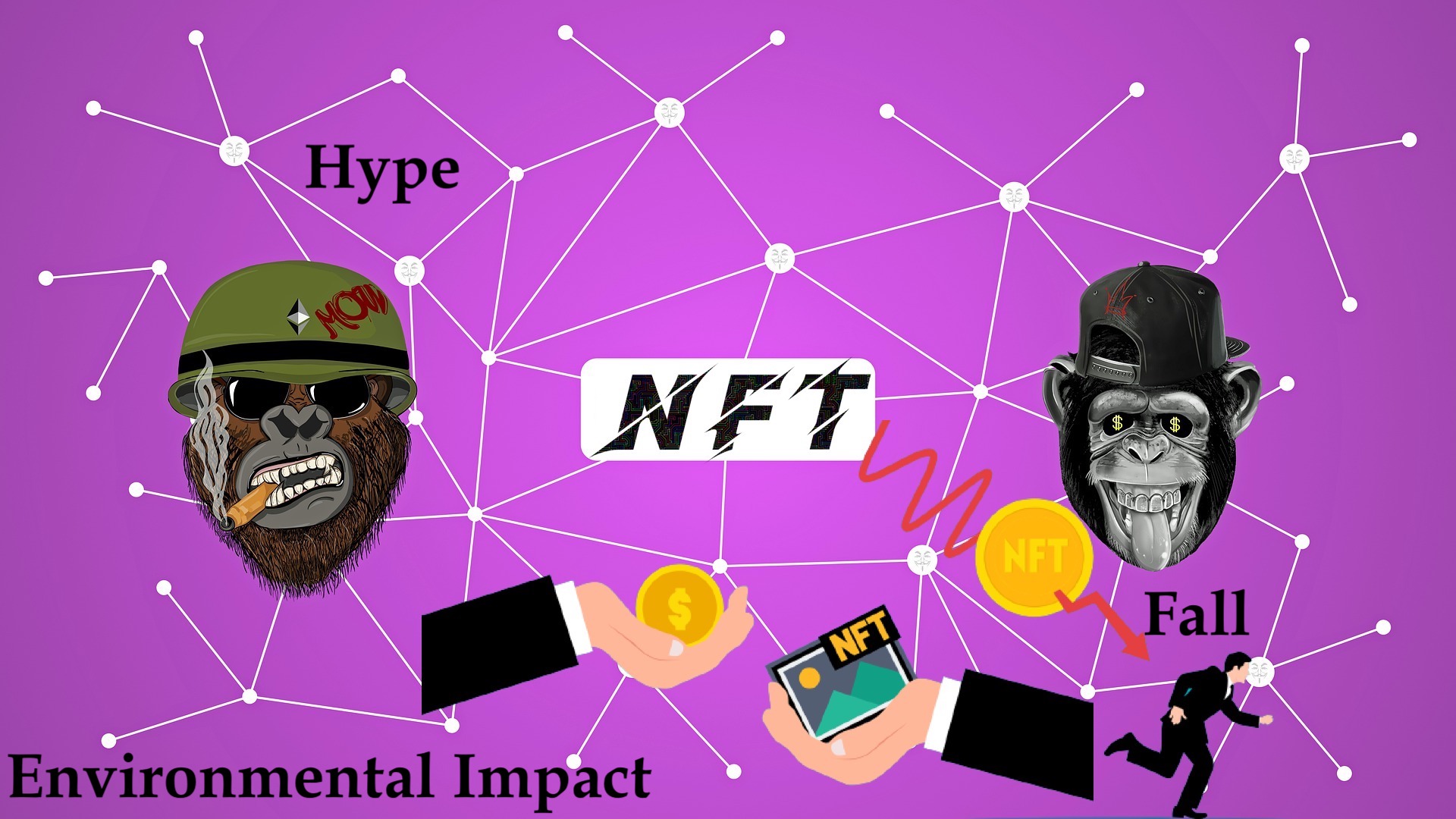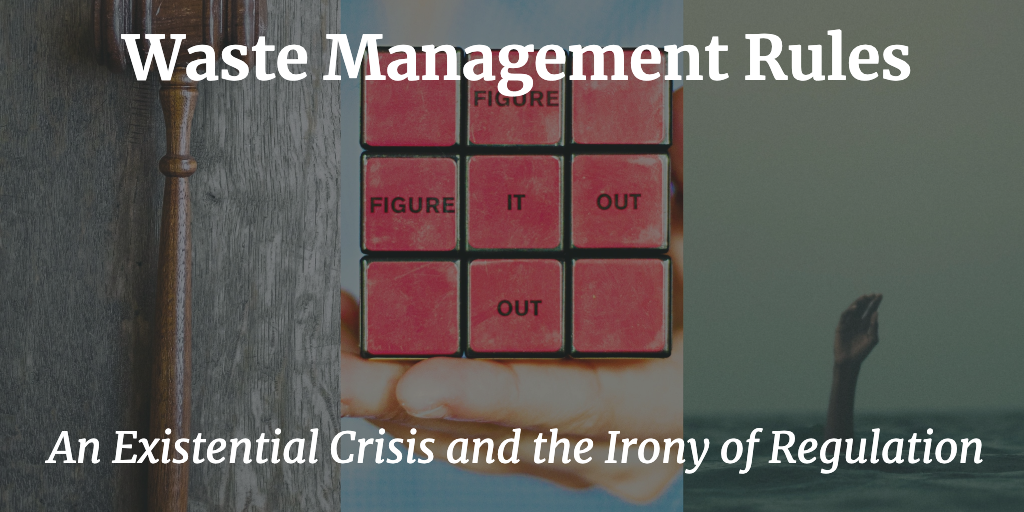Environmental awards are an important way to recognize individuals, organizations, and companies for their efforts in protecting and preserving the natural environment. These awards not only encourage environmental stewardship but also raise public awareness of the importance of protecting the planet. However, it’s worth noting that these awards are not always entirely independent and objective, as they can be sponsored and financed by various entities.



To fully understand the sponsorship of environmental awards, it’s essential to examine who pays for them and why. Some awards are funded entirely by the organizations that host them, while others receive support from a range of sponsors, including governments, non-profit organizations, corporations, and even individuals.
The reasons why sponsors may choose to support environmental awards can vary widely. Some may do so because they genuinely believe in the importance of environmental protection and want to promote it. Others may do so as a form of corporate social responsibility, seeking to align their brand with a cause that resonates with their customers or stakeholders. Still, others may view it as a way to gain exposure or recognition, especially if the awards are highly publicized or prestigious.
While there is nothing inherently wrong with sponsorship, it’s crucial to ensure that environmental awards remain impartial and fair. This means that sponsors should not have undue influence over the selection process or the award criteria. For instance, a company that has a history of environmental violations or poor waste management infrastructure should not be allowed to sponsor an award for environmental excellence.
To maintain transparency and impartiality, many environmental awards have established rules and guidelines for sponsorship. These may include disclosure requirements, limits on the amount of money sponsors can contribute, or a requirement that sponsors do not sit on the selection committee.
The reality is stark: the recognition of waste management companies in magazines and offline events such as conferences and expositions is often sponsored without proper due diligence. At any event, conference, or exhibition, the sponsors who pay the most money often receive the most prominent marketing placement. However, in some cases, sponsors may be awarded and recognized as the best or most accomplished in their sector simply to appease them. In addition, there are instances where companies can purchase awards without adhering to any clear criteria or guidelines, which raises concerns about the legitimacy of these accolades. This allows companies to make claims without substantiating proof, such as processing tens of thousands of tons of waste without the necessary infrastructure. It’s not our aim to single out or criticize any specific category of waste management organizations. Rather, we seek to educate readers and urge media agencies to establish basic standards for shortlisting and publication.
In conclusion, while sponsorship can provide valuable financial support for environmental awards, it’s important to ensure that sponsors do not compromise the impartiality and integrity of the awards. By being transparent about who pays for environmental awards and establishing clear guidelines for sponsorship, we can continue to recognize and celebrate the individuals, organizations, and companies that are making a positive impact on the planet.







